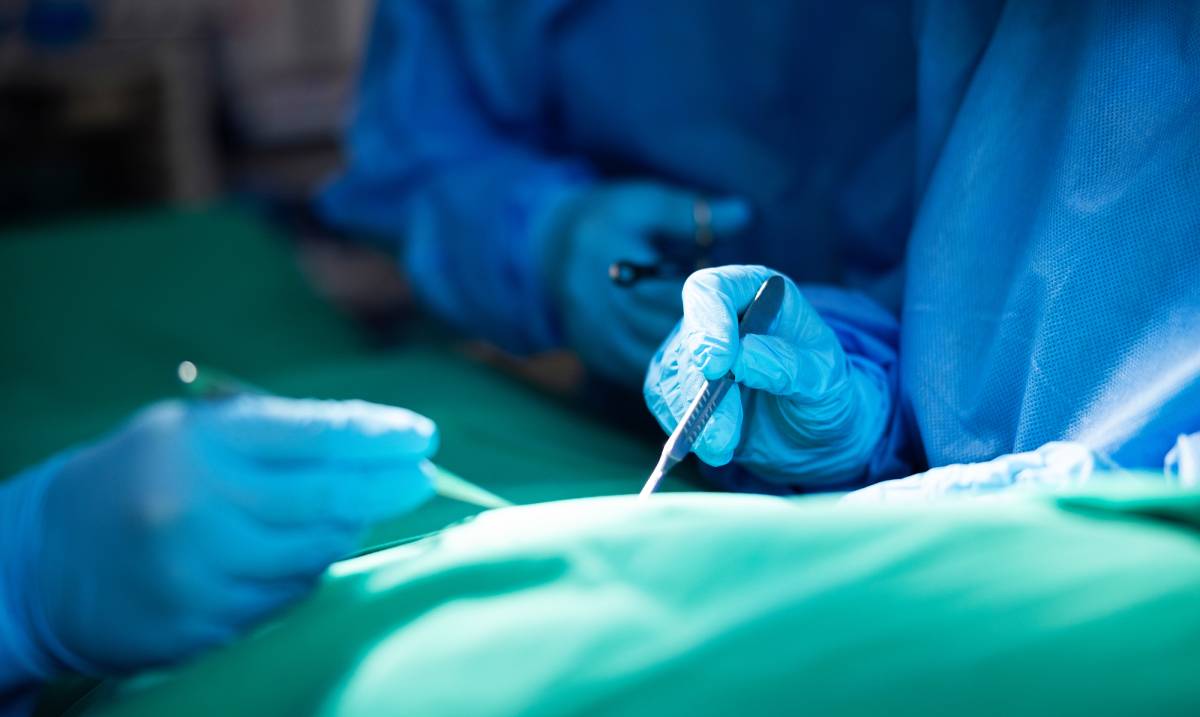The Patient Microbiome and Surgical Site Infection (SSI) After Spine Surgery

Surgical site infection (SSI) is one of the most common complications of modern surgery, affecting nearly one in every 30 surgical procedures.1 Research in SSI prevention is constrained by an incomplete understanding of both the origins of SSI and the historical assumption that these wounds become inoculated with exogenous sources of infection, such as environmental cleaning, sterile processing, and operating room attire. However, the human body itself hosts many microorganisms, which together comprise each person’s microbiome. Seminal studies on endogenous wound infection have largely been limited to S. aureus, leaving unaddressed a much broader range of pathogens in individual microbiota.2 Instrumented spine surgery is often used as a model for assessing infection prevention because it involves cutting through intact, uninfected skin without entering other body cavities, which could introduce hosts of new bacteria. As such, spine surgery provides a useful method for studying the relationship between the surgical site microbiome and SSI patterns.3
In a retrospective study on adult patients undergoing posterior spinal fusion, researchers collected preoperative nasal, rectal, and skin specimens. Skin swabs along the back revealed a graded shift in microbial composition, with Gram-positive species (e.g., Staphylococcus, Cutibacterium) more common in upper regions and Gram-negative and anaerobic species (e.g., Escherichia, Bacteroides, Enterobacter) more common in lower regions. Gram staining is a common clinical technique used to identify bacteria based on the thickness of their peptidoglycan cell walls.4 The research team compared the spatial distributions of bacteria in skin microbiome samples with wound cultures results from spinal SSIs and found a significant anatomic correlation between the preoperative microbiome of the surgical site and the microbiology of postoperative SSI (R2 = 0.74, p= 0.014).3
Genome capture sequencing (GenCap-Seq) is a low-cost, scalable method that enriches specific bacterial DNA from complex clinical samples using custom-made hybridization probes. It allows accurate sequencing of rare bacterial strains even in the presence of abundant human DNA or inhibitors, making it ideal for studying how bacterial populations evolve during infections and respond to treatments.5 In the same 2024 study, researchers used GenCap-Seq to sequence bacterial DNA from postoperative SSI isolates and then compared it to the corresponding preoperative samples (rectal, nasal, or skin), finding 86% of infections matched bacterial strains already present in patients before surgery.3 Further analysis revealed some pathogens were present in low quantities preoperatively but became more dominant throughout the perioperative process. Patients with E. coli SSI represented the largest group of patients experiencing endogenous, same-species infection in the study cohort, making them a key focus of targeted analysis. Orthologous approaches compared preoperative microbiome strains with the infecting organisms for patients in this group, finding strong genomic similarity between the two.3
This study highlights the critical role of the patient’s own microbiome in the development of SSI. Across the superset of 1,610 patients, no SSI cases were caused by the same bacterial strain. Statistical and genetic analyses led the researchers to conclude the SSI-causing pathogens and their antimicrobial resistance profiles can be attributed to pre-existing bacterial strains in the patients’ resident microbiome. Overall, the findings of this study support a shift in SSI prevention strategies away from examining exogenous sources of infection, such as the hospital environment, and toward patient-centered approaches that consider endogenous sources of infection.
References
- Schweizer, Marin L., et al. “Costs Associated With Surgical Site Infections in Veterans Affairs Hospitals.” JAMA Surgery, 149(6), 2014, 575. https://doi.org/10.1001/jamasurg.2013.4663
- Bode, Lonneke G. M., et al. “Preventing Surgical-Site Infections in Nasal Carriers of Staphylococcus Aureus.” New England Journal of Medicine, 362(1), 2010, 9–17. https://doi.org/10.1056/NEJMoa0808939
- Long, Dustin R., et al. “Contribution of the Patient Microbiome to Surgical Site Infection and Antibiotic Prophylaxis Failure in Spine Surgery.” Science Translational Medicine, 16(742), 2024, eadk8222. https://doi.org/10.1126/scitranslmed.adk8222
- Tripathi N, Sapra A. Gram Staining. StatPearls Publishing, Treasure Island (FL), 2025. PMID: 32965827
- Hayden, Hillary S., et al. “Genome Capture Sequencing Selectively Enriches Bacterial DNA and Enables Genome-Wide Measurement of Intrastrain Genetic Diversity in Human Infections.” mBio, 13(5), 2022, e01424-22. https://doi.org/10.1128/mbio.01424-22
